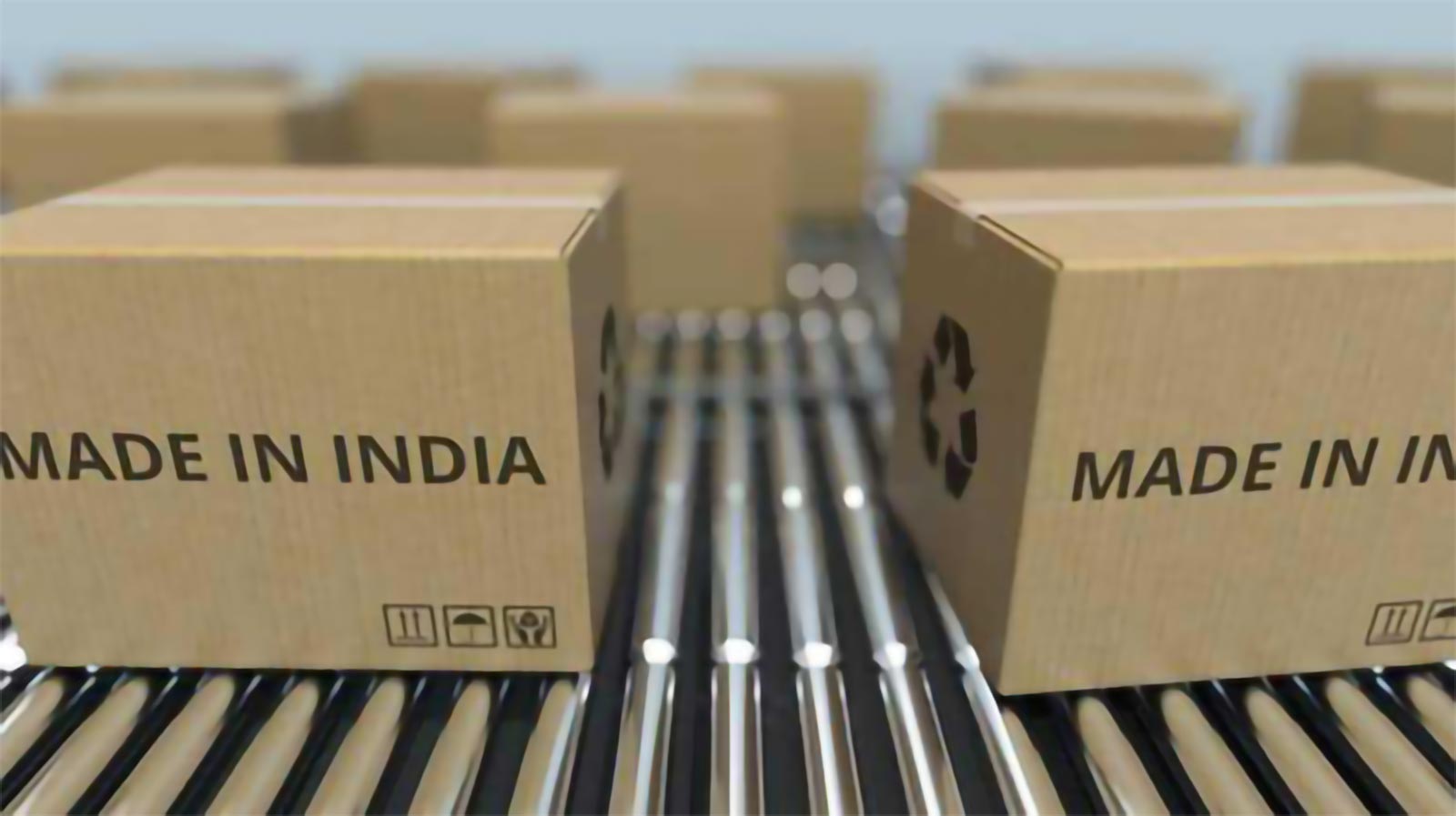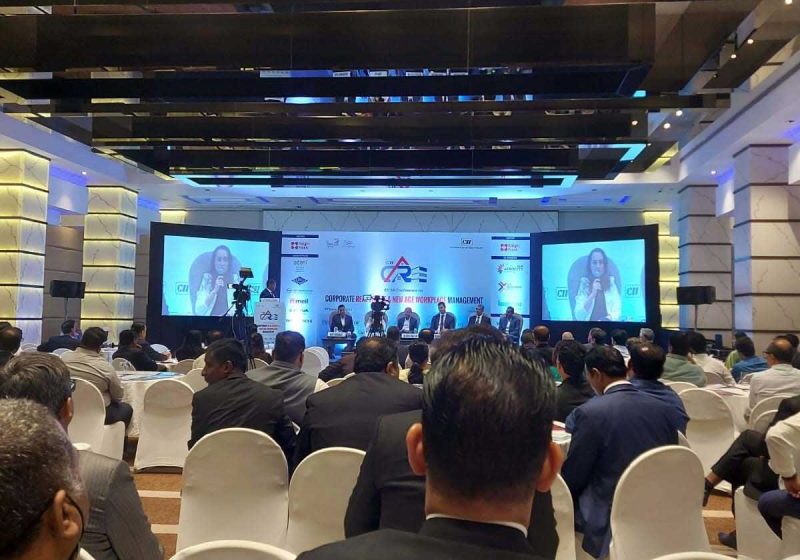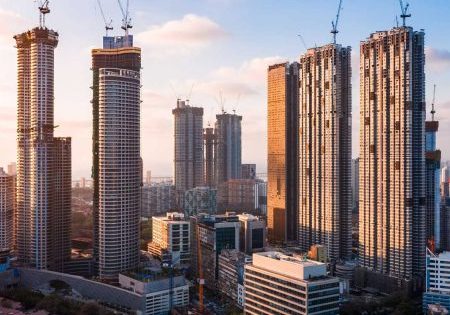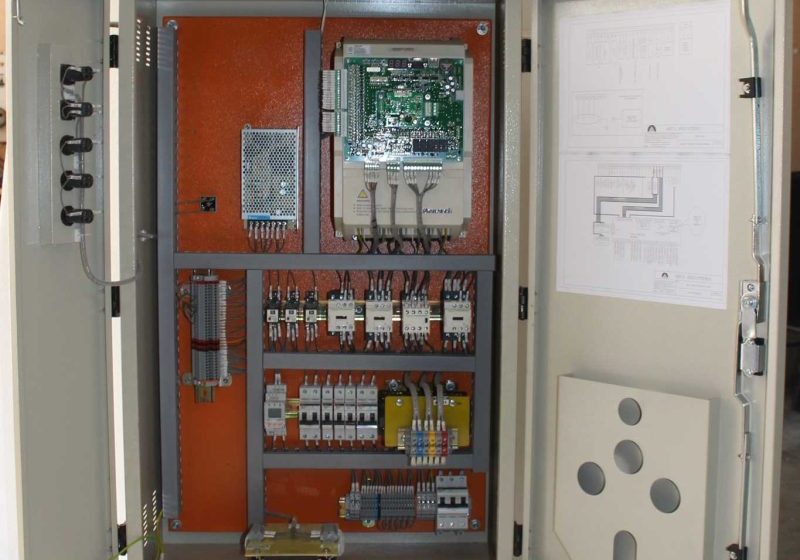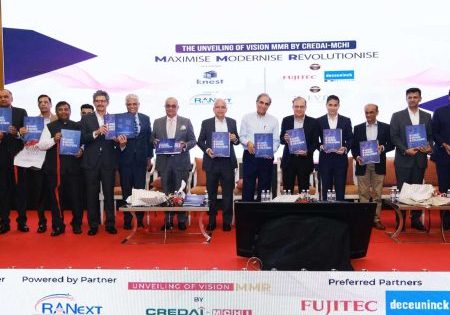VT industry achievements and a blueprint for further impetus
by Dr. Paresh Kariya
India, since its independence, has dreamt of self-reliance. Various governments and political leaders have contributed immensely toward making India a self-sufficient country. In recent times, the Make in India initiative by the government has added impetus to the goal of being an export economy rather than an importer. The vertical-transportation (VT) industry, too, has been actively pursuing this policy and enhancing its localization drive.
Noteworthy Initiatives in the VT Industry
- Major VT industry players have started investing in expanding manufacturing capacity in India, including building test towers and creating infrastructure for manufacturing modern elevators and escalators for India.
- Industry players have turned towards strengthening their localization, as there has been a continuous focus on the localization of parts to support the growing demand for elevators and escalators. The strong urge for localization has brought in the world’s best-in-class technology, and has enabled knowledge sharing, tech transfers and skilling of people. It has also brought value-added products to Indian customers. This has put India on the global stage.
- The industry has worked on creating the self-sufficiency to provide the majority of the domestic elevator market with high-quality, safe and code-compliant products.
- Customer priority has been put on shipments, with faster turnaround times in terms of production, transportation and deliveries of VT goods.
- India’s elevator and escalator factories have been supplying to neighboring countries such as Nepal, Sri Lanka, Thailand and Bangladesh. India is poised to cater to the needs of other Asian markets, as well.
With more than three decades of my journey with the VT industry, I see a lot of benefits of the VT Atmanirbhar mission.
- Customer Benefit: Choosing products manufactured in India provides multifold benefits.
(a) Products designed and engineered in a country are aptly suited for our home markets, as they are developed and tested in local conditions.
(b) Due to local manufacturing, customers can expect faster deliveries as importing sometimes comes with delays driven by travel times and lengthy documentation processes.
(c) A VT industry that has been seeing unit prices falling, here due to local manufacturing, taxes, duties and costs on imported goods, can result in the product being competitive from a price point of view, allowing the buyer to appreciate value pricing.
- Benefit to Companies:
(a) India is the second-largest new equipment market in the world and is continually growing. The opportunities are vast, as the country is in a fast pace of urbanization. Local manufacturing enables a great deal of flexibility, which allows cost efficiencies, control over quality, faster turnaround times in terms of production, transportation, deliveries, etc.
(b) Additionally, localization can not only save production costs but can also cut down logistics costs and delivery times.
(c) Manufacturing locally helps India’s industries grow and its talent pool develop specialized skill sets.
(d) Atmanirbhar mission can be the gateway to further opportunities such as export growth, import substitution and contract manufacturing.
(e) It helps in developing economies of scale, focusing on quality, maintenance of country compliances and investment in R&D and technology, and right pricing can help accelerate to a new level of competitiveness and scale.
- Benefit to the Country: The benefits of the Atmanirbhar Bharat mission at the country level are many.
(a) It helps to boost the economy and the lives of people. India has the world’s largest population of youth at an employable age. This makes for a great opportunity for the country to supply a workforce to its industries.
(b) The growth in localization of manufacturing not only allows a country to be self-reliant, but also position itself as a manufacturing hub for other countries.
As part of a study, 20-plus odd persons directly dealing with elevator manufacturing, purchasing and supply chain were contacted in unstructured discussions to find out their initiatives and a future road map for the VT mission of Atmanirbhar Bharat. This is what they had to say:
- There is common feedback that each one is aligned and well-motivated to continue local sourcing, contributing to the VT Atmanirbhar mission.
- More than 90% of senior executives tell us that increasing the level of resilience in their supply chains is a priority.
- One important manufacturing professional said they invest in upskilling and reskilling their current workers by offering expanded learning opportunities to speed up key manufacturing programs.
- Every professional spoke about keeping customers at the center of what they do and harnessing the power of digital technology and the Internet of Things (IoT) to deliver an even higher level of customized products and services. Their focus on Atmanirbhar VT products will be combining best-in-class know-how with new IoT and digital solutions to give customers what they know and want in today’s digital age and in the future.
- Many VT manufacturing professionals were aware of the major gap identified and talked of their work in progress like Lean transformations, manufacturing overhead reductions, electronics competency, value engineering projects, ride-quality projects, programs for new product capability, VT aesthetics, sales and deviations support programs. A few said they are looking at manufacturing high-speed elevator products of 3.0 mps and above at factories, and initiated pilots at test towers.
- Several senior manufacturing professionals shared work-in-progress feedback from customers and their engineers. Topics included frequent failure; severe jerk; nuisance tripping; higher traction; low inertia (light cab, smaller machine sheave); and drive failures due to power quality conditions. This differed from their project team’s focus and aims to further enhance the safety and quality of their products and delight customers within the current environmental conditions.
- The majority of VT purchase professionals agreed that commodity price corrected sharply from peaks, cost inflations and their focus on localization to de-risk from currency fluctuation. Here, encouraging feedback included such factors as progress on initiatives like controller localization, import substitution, regular supplier meetings and certification of suppliers with their internal programs to ensure that supplier processes and products are defect free.
There was interesting feedback from VT logistic professionals saying they had run successful projects including assembly kitting, packing redesign, incoming load balancing and accurate logistics forecasting.
The majority of VT professionals acknowledge benchmark best-in-class manufacturing practices and take the support of VT consultants to move faster and walk into the future.
The VT industry is strategically focused on the Atmanirbhar Bharat mission with programs, and recent trends point to the potential for a resurgence of growth. To summarize, VT manufacturers continue to take key measures to give further impetus to the Atmanirbhar Bharat mission and strengthen their positions in the market. Examples include:
(a) Using supply chain and manufacturing operations to create winning strategies and an interdisciplinary approach. Drawing insights from commercial, marketing, IT and digital, and product design that helps unlock next-level productivity gains.
(b) Transforming manufacturing processes for better productivity
(c) Fostering a quality culture to create competitive advantage
(d) Leveraging digital and autonomous supply chain opportunities
(e) Taking a holistic approach for transformation to capture end-to-end value and fundamentally rethink and innovate manufacturing and supply chain operations
(f) Boosting operational health by identifying skill gaps and building capabilities to partner with clients to build foundational enablers and develop skills through capability building to create rapid and sustained impact.
As India completes 75 years of independence, the Atmanirbhar Bharat campaign is an India-positive move, and the VT industry is all set to create an impact in global manufacturing and supply chain operations. VT industry performance in Atmanirbhar Bharat is visible in terms of a hunger for performance and an aptitude to excel.
Get more of Elevator World. Sign up for our free e-newsletter.
